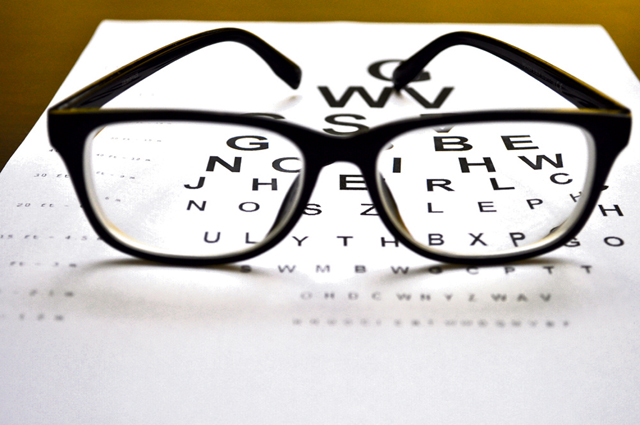
A new study shows that frequent reading, playing electronic devices or sitting too close to the TV may not bring on nearsightedness after all. Having one eye exam before first grade could help predict whether your child will need glasses by the eighth grade.
Parents may wonder whether or not their preschooler has a vision problem or when they should schedule their child’s first eye exam. Eye exams for children are extremely important — 5 to 10 percent of preschoolers and 25 percent of school-aged children have vision problems. Early identification of a child’s vision problem can be crucial to effective and more responsive treatment.
According to the American Optometric Association, in-fants should have their first comprehensive eye exam at 6 months of age with additional eye exams at age 3 as well as before the first grade around ages 5 or 6.
This information is confirmed in the results from a 20-year study conducted by the National Eye Institute, that measuring children’s refractive error as early as age 6 could help predict those who will become nearsighted by the eighth grade.
The results pointed out that parents should be screening their children in order to evaluate whether they have more or less farsightedness. Children who will grow up with normal vision are actually slightly farsighted once they have reached the first grade. Therefore, the potential for future nearsightedness can be detected at this young age through a refractive error measure done by the optometrist that can reveal whether or not the child has little to no farsightedness.
The results are applicable across all ethnicities — the study’s racial composition included Caucasian, Hispanic, African-American, Native American and Asian-American children.
“The prevalence of nearsightedness differs among ethnicities, but the mechanism is the same,” said Dr. Karla Zadnik, O.D., Ph.D., professor and dean of The Ohio State University College of Optometry. “If you become nearsighted, it’s because your eyeball has grown too long. This prediction model works.”
Researchers hope these results will eventually lead to mandated eye exams before children enter school, giving parents the opportunity to better plan for their child’s future vision needs.
Parents should not wait until the beginning of the school year to have their child’s visual health checked or to schedule an appointment.
For more information or to schedule an appointment with the Baumholder Health Clinic optometrist, Capt. Diana Pust, call the central appointment line at 485-8080 or 06783-6-8080.







